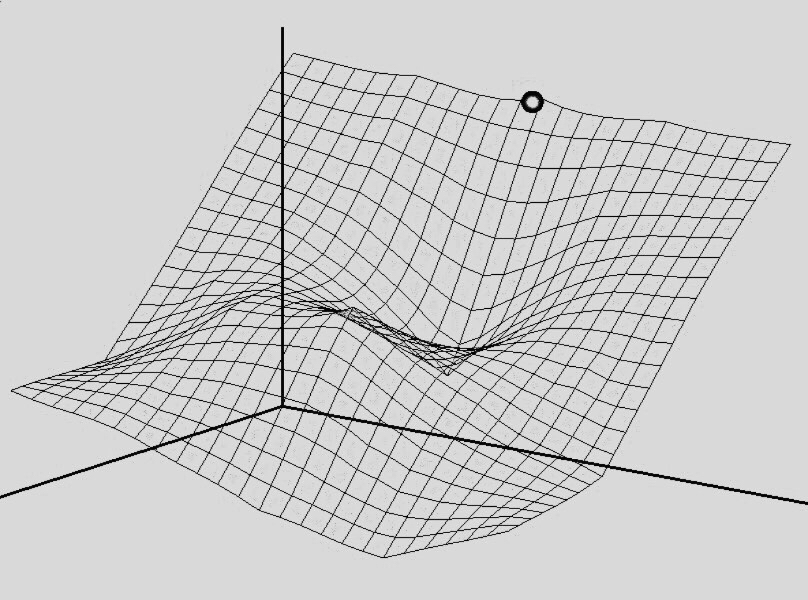by Helen Hill for CBIOMES
CBIOMES researchers in the Dalhousie Group looking at changes in phytoplankton biogeography in response to changing climate find mean phytoplankton niches closely tracked changes in mean temperature, while the mean salinity and mixed layer depth realized niches were consistently at the extreme range of available conditions at a study site near Sydney Australia.
Phytoplankton dynamics are closely linked to the ocean-climate system with evidence that changing ocean conditions are substantially altering phytoplankton biogeography, abundance, and phenology.
In their paper Phytoplankton Realized Niches Track Changing Oceanic Conditions at a Long-Term Coastal Station off Sydney Australia which appeared in the journal Frontiers in Marine Science in August, Penelope Ajani, Niall McGinty, Zoe Finkel, and Andrew Irwin report on work analyzing phytoplankton community composition and environmental data spanning 1965 to 2013 from a long-term Pacific Ocean coastal station offshore from Sydney, Australia (Port Hacking 100 m), using the Maximum Entropy Modelling framework (MaxEnt) to test whether phytoplankton realized niches are fixed or shift in response to changing environmental conditions.
The team found that mean niches of phytoplankton closely tracked changes in mean temperature, while the mean salinity and mixed layer depth realized niches were consistently at the extreme range of available conditions. Prior studies had shown a fixed niche for nitrate in some phytoplankton species at a site where nitrate concentration was decreasing and potentially limiting; however, at Port Hacking nitrate and silicate niches increased more rapidly than environmental conditions, apparently in response to periodic occurrences of elevated nutrient concentrations.
The Ajani et al. study provides further evidence that climate change model projections cannot assume fixed realized niches of biotic communities, whilst highlighting the importance of sustained ocean measurements from the southern hemisphere to enhance our understanding of global ocean trends.
To find out more about this work contact: Penelope
Publication:
Penelope A. Ajani, Niall McGinty, Zoe V. Finkel, and Andrew J. Irwin(2018), Phytoplankton realized niches track changing oceanic conditions at a long-term coastal station off Sydney Australia, Frontiers in Marine Science, 5: 285, doi: 10.3389/fmars.2018.00285
Get the PDF [Requires login]


